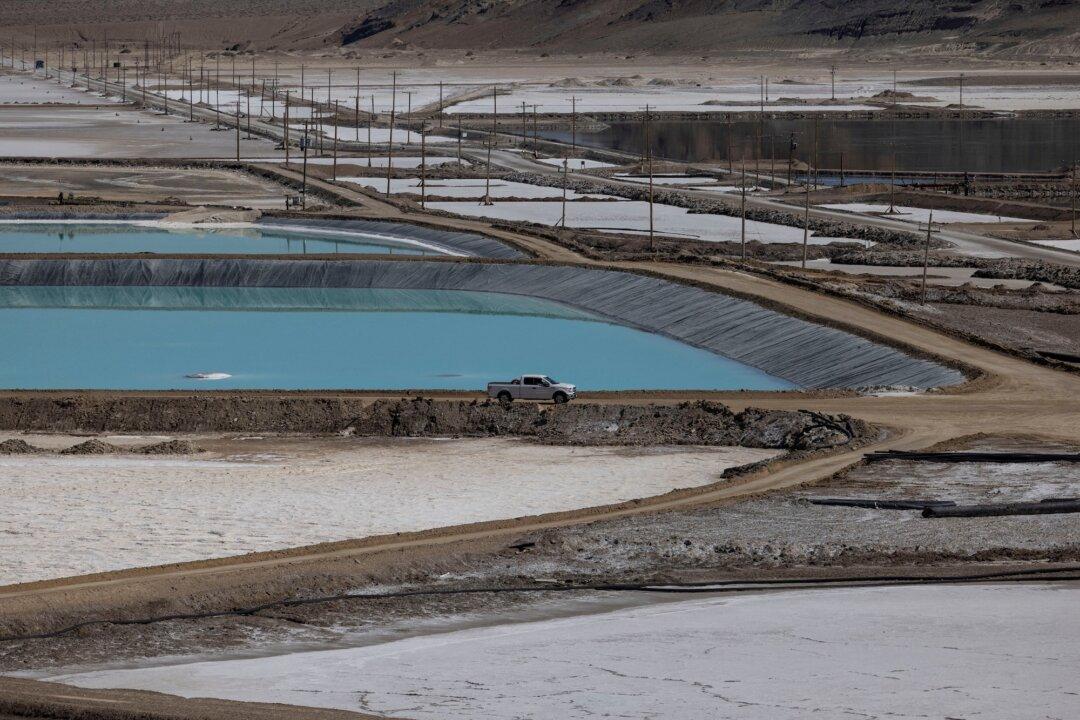Nebraska’s unemployment rate edged down by 0.1 of a percentage point in October to hit the lowest rate achieved by any state since data collection began in 1976, according Nebraska Gov. Pete Ricketts and federal labor statistics data.
“Nebraska has achieved the lowest unemployment rate of any state in history,” Ricketts, a Republican, said in a statement. “The record rate is a sign of our strong job growth, successful reemployment services, and extraordinary economic resilience.”
Nebraska and other rural states tend to have unemployment rates lower than the national average due to a combination of factors. This includes fewer people per job, more jobs with ties to agriculture and food production that are considered essential, as well as policies that discourage unemployment.
The top 10 states with the lowest unemployment rates were all Republican-led, the BLS data showed.
“Republican-led states are LEADING the nation in pandemic recovery by getting Americans back to work,” the Republican Governors Association (RGA) wrote in a Twitter post.
While much of last month’s private job growth in Nebraska was driven by the education, health care, transportation, and financial industries, the leisure and hospitality sectors have also rebounded over the past year after taking a big hit during the pandemic.
Nebraska, like many other states, has struggled with a labor shortage as demand has bounced back from the pandemic lows, forcing businesses to boost wages to attract and retain talent. Earlier this month, the Nebraska Chamber of Commerce & Industry released a survey of its members showing that 92 percent said finding skilled workers was a top priority.
“We have a lot of manufacturers across the state that are finding it difficult to expand their operations” in the face of rising consumer demand, Bryan Slone, the chamber’s president, told The Associated Press.
Several other states’ unemployment rates hit their respective historic lows in October, the BLS data showed—Georgia (3.1 percent), Oklahoma (2.7 percent), Utah (2.2 percent), and West Virginia (4.3 percent).





